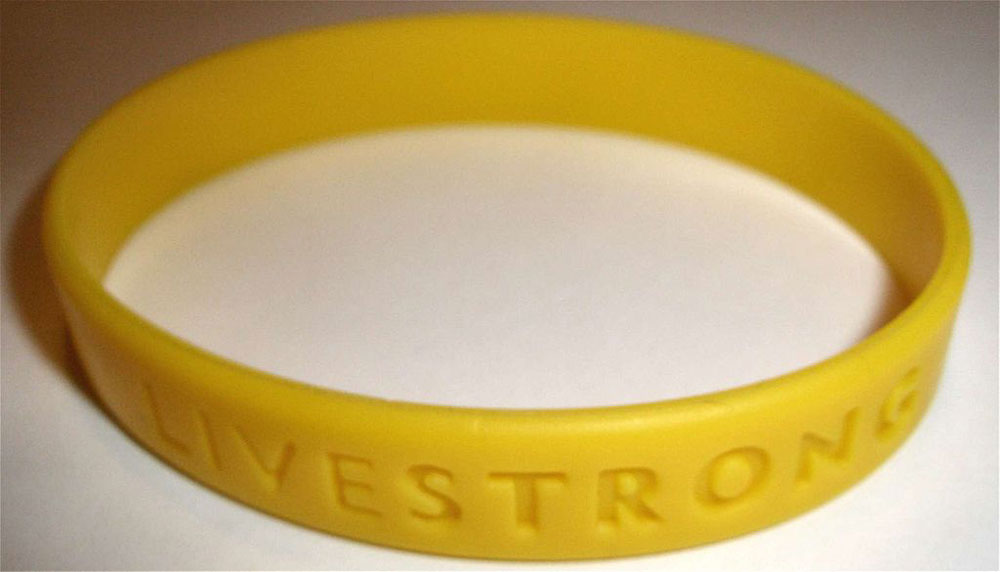
February 3, 2020; Austin American-Statesman
The Livestrong Foundation has become a master of adaptation and innovation. Back in 2012, that was necessary to survive, but now, keeping things moving seems to have become a way of being for the storied organization.
It has been 23 years since Livestrong’s establishment, and during that time, it has hit a few major bumps in the road, not least the very public downfall of the reputation of its founder, Lance Armstrong. As a celebrity foundation, Armstrong’s name was originally the attractor for donors, but the power of the name cuts two ways and although the cyclist has not been involved in the foundation since 2012, revenue fell 85 percent from 2011 to 2015, bottoming out at $6.2 million that year, as the organization struggled to live past the scandal and into its mission.
Livestrong’s mission was direct support, one-on-one, to cancer patients and survivors, along with their families and programs in the community. In 2017, the latest 990 available, the organization listed $58 million in assets, $9 million in revenue, and it provided $5.6 million in grants and other assistance.
Livestrong will now provide both multi-year grants (from $25,000 to $100,000) and one-year grants (from $5 million to $6 million). The focus will be concerns such as education for both patients and caregivers; post-treatment care and comprehensive quality of life; and restructuring systems and the care available.
The Austin American-Statesman spoke to the foundation’s CEO, Greg Lee. “We have an amazing run of almost 25 years in the cancer community of supporting cancer patients in their darkest days,” Lee said. “Today there are a lot of other organizations offering those services, so it’s time for us to go to the next frontier, to stay ahead of the curve and find new solutions to address today’s problems.”
Sign up for our free newsletters
Subscribe to NPQ's newsletters to have our top stories delivered directly to your inbox.
By signing up, you agree to our privacy policy and terms of use, and to receive messages from NPQ and our partners.
Livestrong wants to support social impact startups. It will look for the gaps in aftercare because, as Lee points out, “a lot of times people are diagnosed with cancer and finish their treatment and, quite frankly, friends and family forget about it. Cancer is a lifelong thing. We want to continue to support those cancer survivors throughout their journey.”
The organization is partnering with the City of Austin Innovation District and the University of Texas Dell Medical School to form a central site for nonprofits and for-profits to develop patient-focused services.
One dilemma that organizations often face is whether to rent space or own property. When Livestrong’s revenue was at a high, $27 million in 2007, it determined that buying a building was a good investment. (Their revenue had been over 20 million since 2004 and was increasing each year.) Livestrong purchased an East Austin 30,000-square-foot building for $5.8 million in 2008 to use as a headquarters. The 990 from 2017 listed the assets in land holdings for Livestrong at about $10 million after depreciation.
The organization sold the building in 2019 for $17 million to Notley Ventures, a local firm that invests in startups—both for-profit and nonprofit—that intend to make a social impact. Lee told the American-Statesman when the building was sold, “We’re not in the business of real estate development. We’re in the business of helping people with cancer, and this was just a natural way for us to do that. Financially, this provides resources for us to say how can we best deploy $16–17 million to help the cancer community.” Livestrong now rents its office space; money from the sale will help fund Livestrong’s overhead expenses.
Time will tell if the foundation’s changes meet an actual need, and whether it is now more responsive to that need.—Marian Conway













